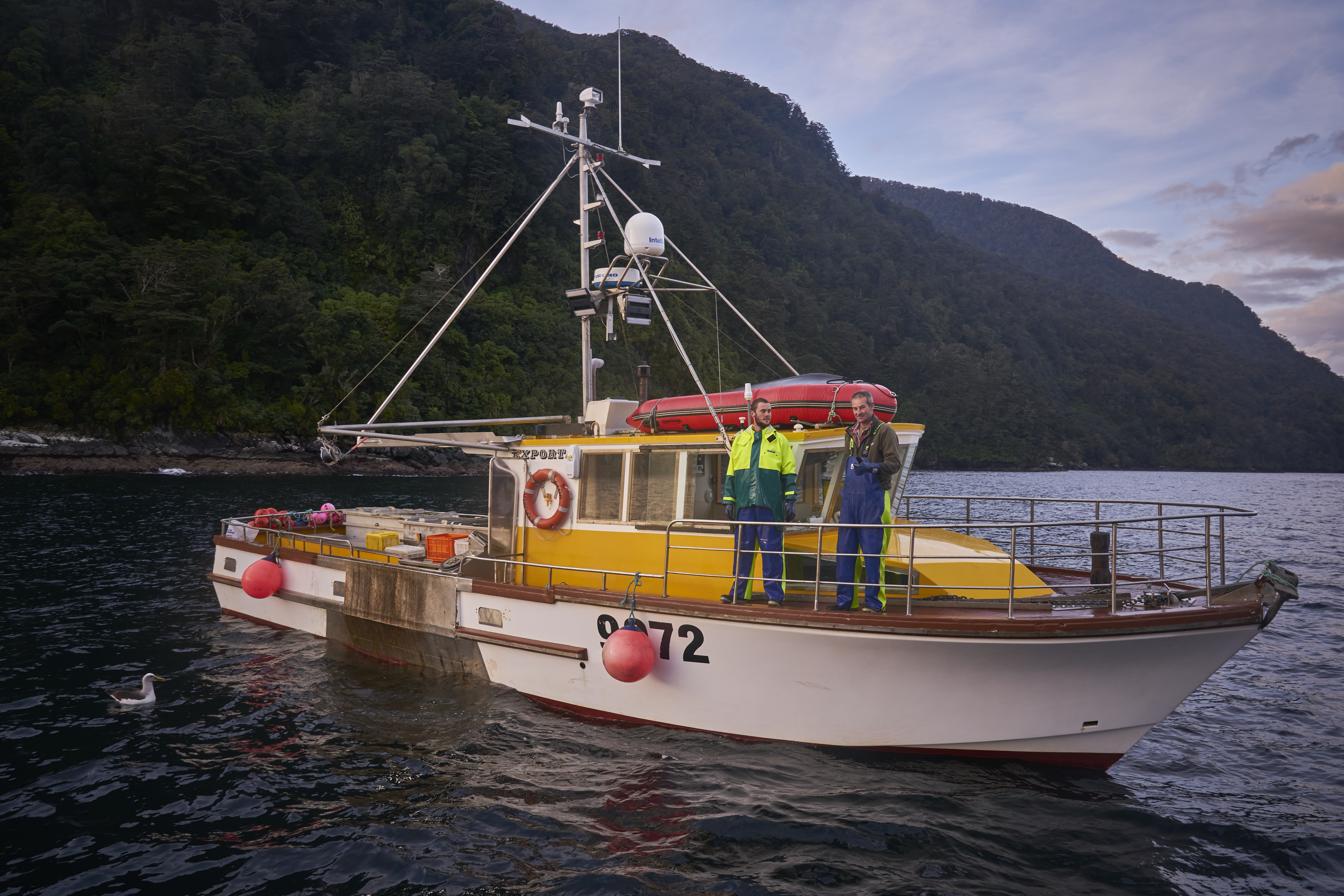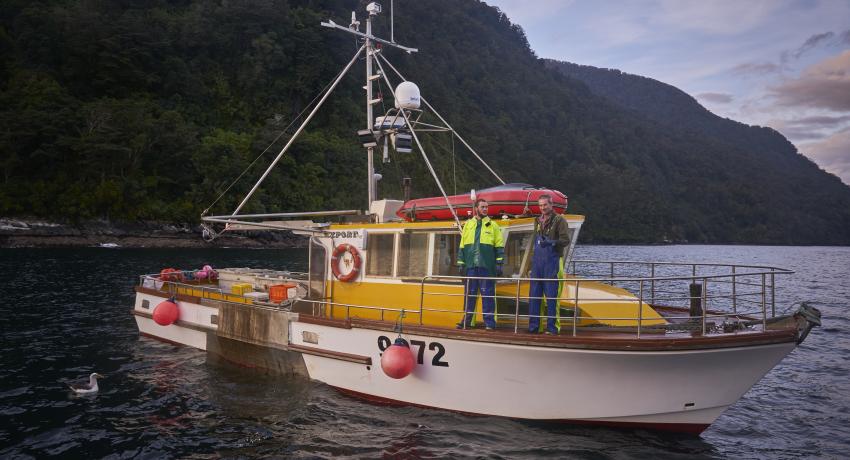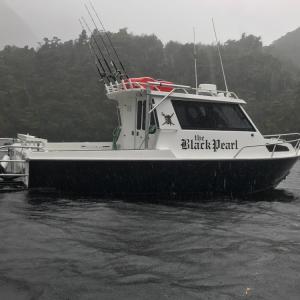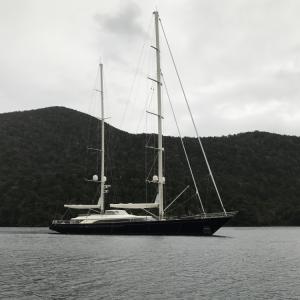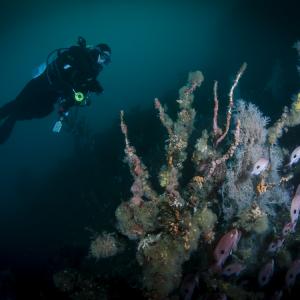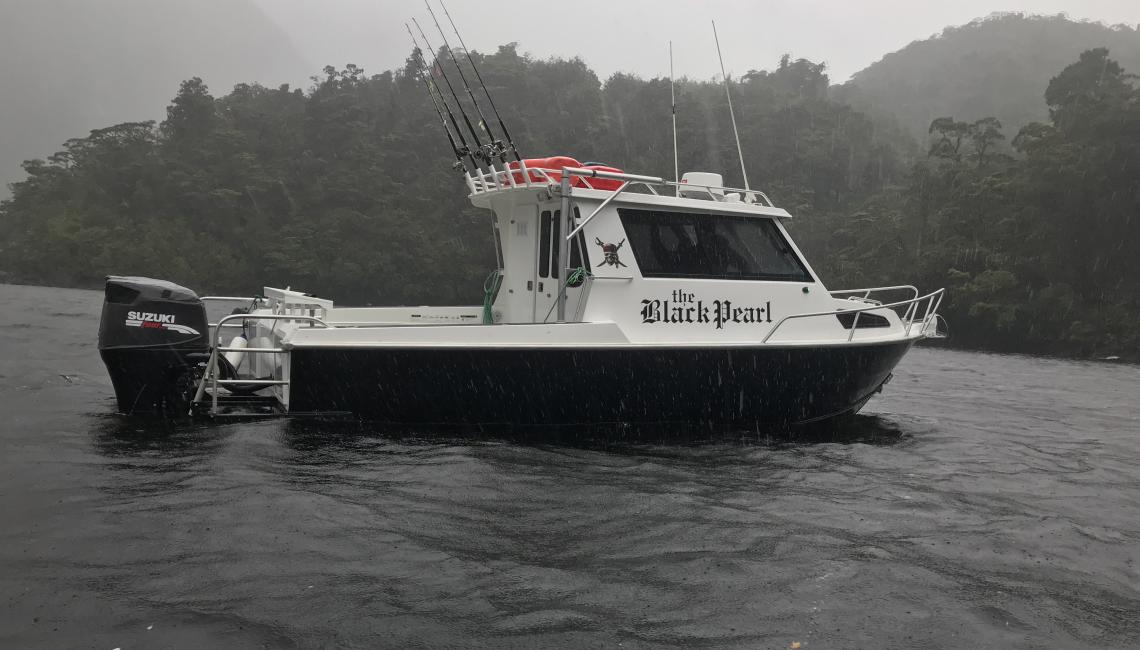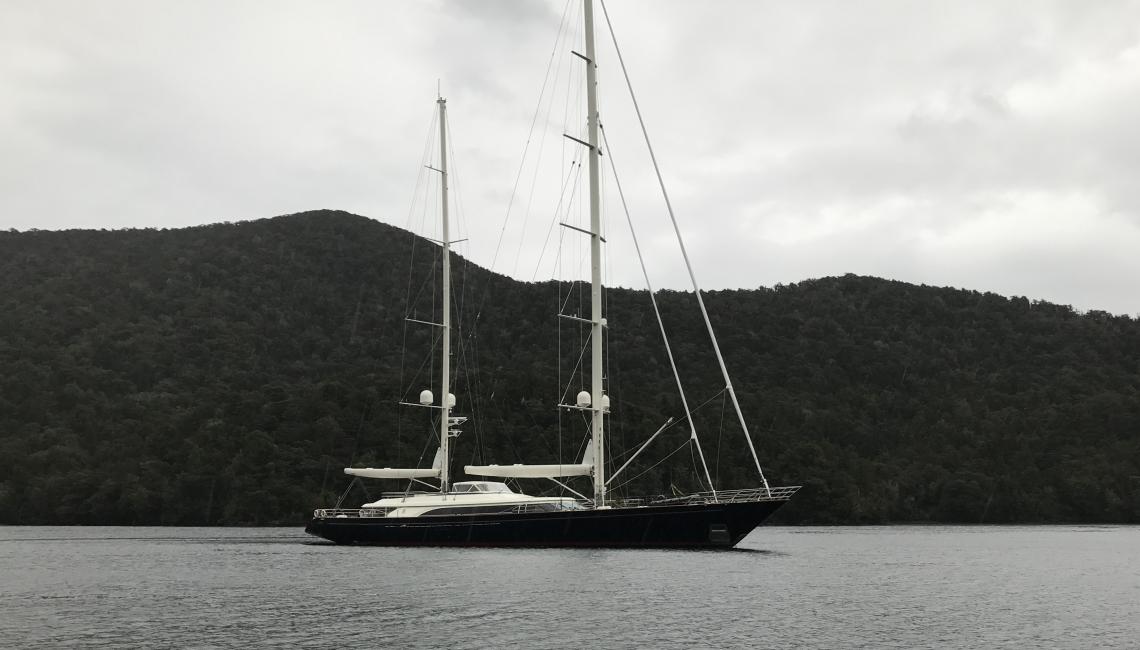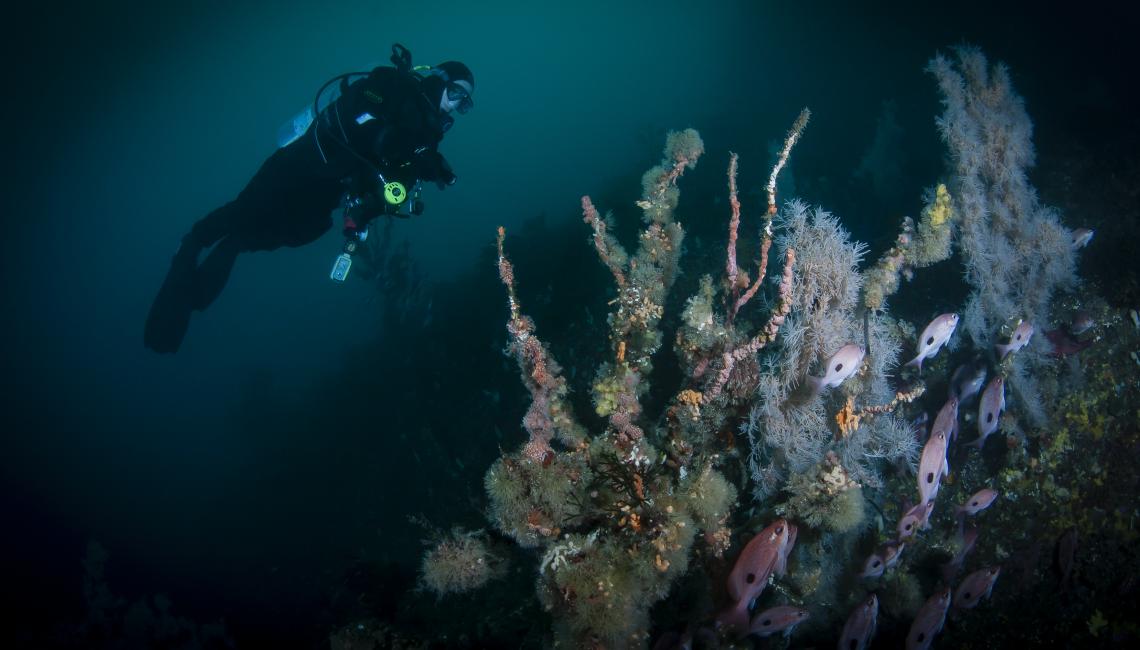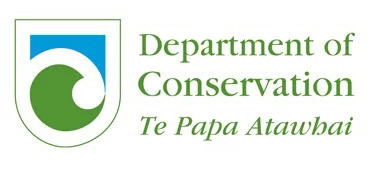Anchorages and moorings in the Fiordland Marine Area range from small sheltered bays to fully enclosed coves.
An anchorage is an area that is set aside or used temporarily to secure a boat or ship using its anchor. A mooring is a weight, post or other structure that has been placed on the seabed and is used to secure a boat or ship.
Locations
See our Fiordland by Sea guide for descriptions and detailed maps of anchorages, moorings and no-anchoring areas.
No-anchoring areas
Anchoring is prohibited in some areas to protect particularly fragile marine species such as corals. These areas are located in:
- Hāwea/Bligh Sound
- Precipice Cove (Kaikiekie/Bradshaw Sound)
- Te Awaatu Channel and Pendulo Reach (Doubtful Sound/Patea)
- Wet Jacket Arm/Moana Uta
- Nine Fathom Passage (Tamatea/Dusky Sound)
- Awash Rock
- The Narrows (Te Awaroa/Long Sound, Rakituma/Preservation Inlet).
Avoid anchoring near pest-free islands to reduce the chance of accidentally re-introducing a pest animal (particularly a mouse or rat) from your vessel (pages 25-27).
Anchoring tips
Commercial fishers maintain most anchorages and stern lines. As a courtesy, make VHF radio contact with the fishers if they are in the area to avoid overcrowding, especially during peak times. See our Fiordland by Sea guide for more information about radio communications.
Anchor lines
Anchoring in Fiordland, especially north of Doubtful Sound/Patea, often requires using breast lines from the bow and stern lines to the shore.
Anchor before dark so you can see the stern lines and mooring lines. Use all the stern lines provided, but check their condition, especially in less popular anchorages. The lines may be encrusted with mussels, partially sunken or weakened from chafing.
In bad weather, use the 'all weather' anchorages shown in the guide. Most of these anchorages will require you to be located close to the shore to keep out of the prevailing sea conditions.
Gear required
Carry anchoring gear that is suitable for Fiordland. You should have at least 70 m of chain and rope or wire, and a quality anchor with a high holding capacity.
Mud banks
During light winds, the heads (most landward point) of all the fiords are suitable for anchoring. Take care while approaching to anchor as mud banks in these areas can change the depth from 30 m to 1–2 m depth in a short distance.
Sandflies
These small biting insects are extremely annoying near shore in the warmer months when winds are light. Where possible, anchor out from shore at the head of a fiord. A good supply of insect repellent and fitting mesh screens to entrances and windows before your trip is also recommended.
Moorings
There are two types of mooring systems in use in the Fiordland Marine Area: the conventional block and chain system, and screw anchor arm moorings. With screw moorings, each arm is secured to the seafloor with a screw and chains extend from each screw into the centre, where they are tensioned off the seafloor with a substrate float before a chain extends up to a buoy on the surface. Whilst this system causes less disturbance to the seafloor over time, it poses a significant hazard to other mariners in that the extent of the mooring is not visible from the surface. Such an incident could lead to a vessel losing its anchoring capability, which would put that vessel in a very precarious position.
Particular care should be taken to avoid anchoring within proximity to the screw moorings located in Cascade Cove, First Arm (Doubtful Sound/Patea) and Harrison Cove (Milford Sound/Piopiotahi).
Mooring owner responsibilities
Owners have proprietary rights over the mooring block or chain but do not have exclusive rights to the use of a specific area. Some moorings, however, can only be used by their owners. Owners must make sure that mooring blocks, chains and lines are safe. Owners are responsible for ensuring their use of the mooring does not result in damage to other vessels.
Mooring etiquette
Avoid using someone else’s mooring if possible. Owners generally allow others to use a mooring, provided it is suitable for the size of the vessel and is not required by its owner at the time.
Mooring permits
Environment Southland issues permits for moorings in Fiordland.

